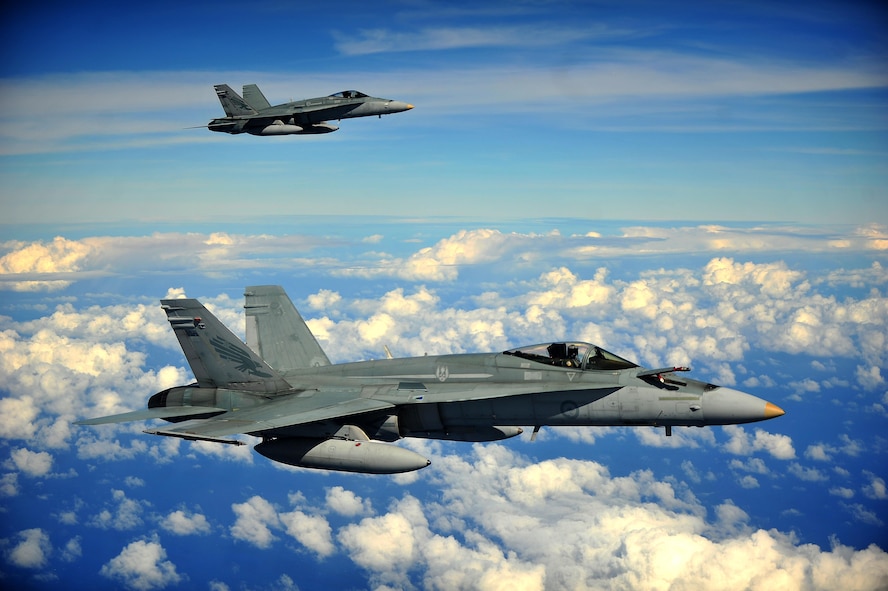By Sgt. 1st Class Raymond Drumsta
New York National Guard
LATHAM, N.Y. (10/1813) - Opportunity rocked for American veterans and service members at the U.S. Chamber of Commerce's "Hiring Our Heroes" job fair held at the New York National Guard armory here Oct. 16.
More than 200 veterans and service members of all ranks, stripes and services took the opportunity to meet with scores of potential employers such as Federal Express, General Electric, Time Warner Cable, National Grid and CVS Pharmacy stores, who were stationed at tables arranged around the armory floor.
The fair was also designed to allow National Guard Soldiers and Airmen, military Reserve members, active duty service members, veterans and military spouses to learn how to use job-hunting tools. General Electric held workshops on resume writing and interviewing in an armory classroom.
Veterans who served in Vietnam, the Gulf Wars and Afghanistan worked the floor for several hours, spoke with company representatives, learned about job openings, filled out applications and submitted resumes.
The New York National Guard has also hosted "Hiring Our Heroes" events across New York in Rochester, Syracuse, Buffalo, Farmingdale, Peekskill and Binghamton.
Veterans' job skills are almost too numerous to list, said Eric Eversole, executive director of the "Hiring Our Heroes" program and a U.S. Chamber of Commerce vice president.
Among other things, veterans have work discipline and - most importantly -- the ability to solve problems, he emphasized.
"Each of you, as members of our military, have done that, day in and day out," Eversole said to the veterans who were on hand for the fair's opening at 10 a.m.
Eversole thanked the New York National Guard and Maj. Gen. Patrick Murphy, the adjutant general of New York, for hosting the event.
"Without the support of the National Guard, events like this would not be as successful as they could be," he said. "The support of the guard is integral to the events and the efforts to ensure vets and their spouses have meaningful job opportunities."
National Guard leaders also have the pulse of their communities, Eversole said.
"They understand, first hand, the sacrifices vets have made over the last decade," he stressed. "They also know that these vets make tremendous employees. They've solved problems in difficult situations. They know how to get the job done."
Thomas Lang, a Gulf War and navy veteran from Watervliet, N.Y., said he handed out 15 resumes, and he estimated that he spoke with about 30 company representatives.
"I lost count after five," he recalled.
The fair was a great opportunity, and a far cry from the experiences of returning Vietnam veterans, Lang said.
"The community recognizes the sacrifices we made," he said. "Today, veterans have more of a chance to succeed."
But veterans and others must learn how to adapt to changes, recognize opportunities and seize them, Lang said.
"You have to go out there and talk to people," he said. "Be open-minded, learn new things, don't dwell on the past. If you take care of today, the future will be written."
The event was co-sponsored by the New York National Guard, New York State Department of Labor, Albany-Colonie Regional Chamber of Commerce, Rensselaer County Regional Chamber of Commerce, the Employer Support of the Guard and reserve (ESGR), NBC News, the U.S. Department of Labor Veterans Employment and Training Service (DOL VETS), US Department of Veterans Affairs, and The American Legion.















